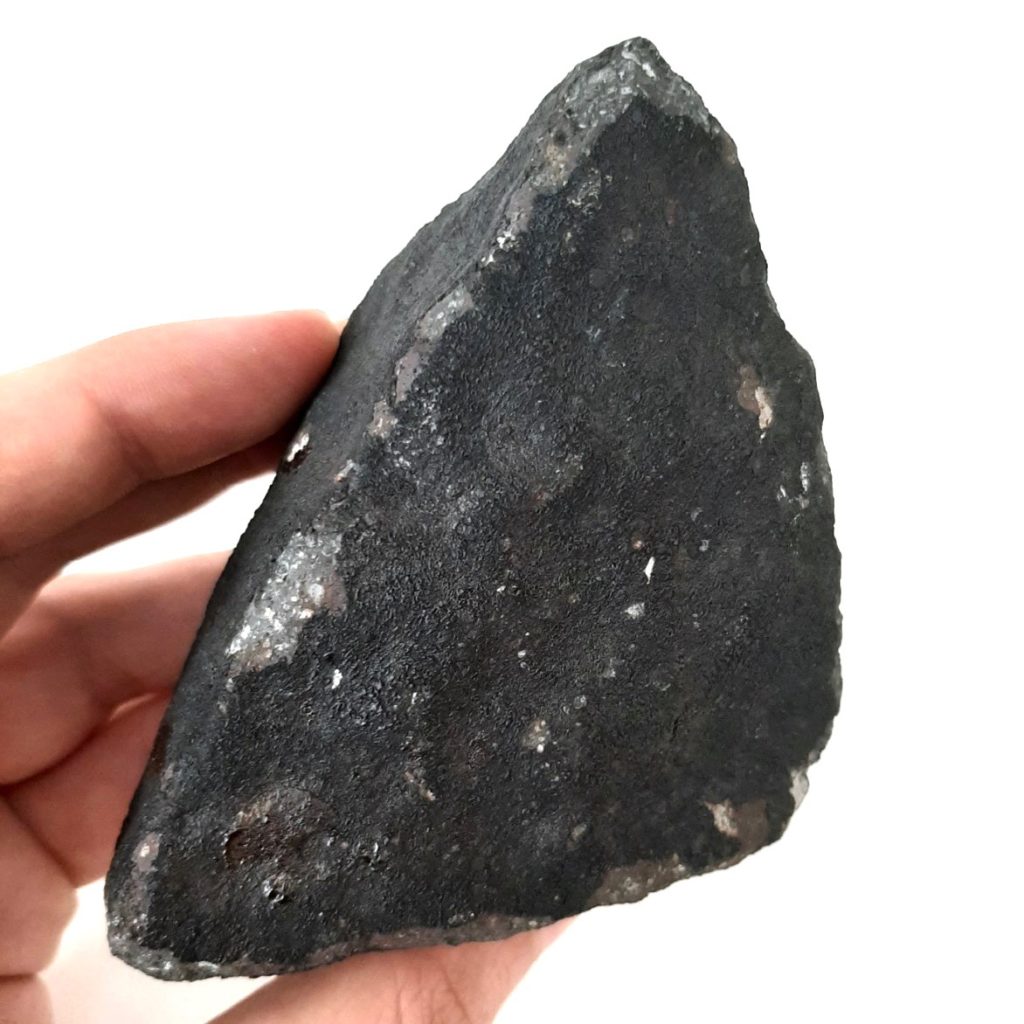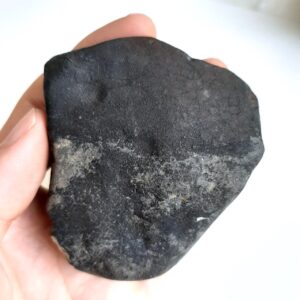The Allende meteorite is one of the most fascinating and sought-after meteorites available to collectors. It is a rare witnessed fall of a carbonaceous chondrite. The fireball was witnessed on February 8, 1969 at 01:05 am local time by hundreds of people in rural Mexico and numerous specimens were picked up by locals on the morning after the fall. The meteorite is rich in carbon, exhibits good fusion crust, and also contains microscopic diamonds. Chondrules and calcium-rich inclusions (CAIs) in the Allende meteorite are 4.5 billion years old, making them the oldest known matter in existence on earth—predating the formation of our own planet and even our Solar System. Carbonaceous chondrites comprise about 4% of all meteorites observed to fall from space. Allende has frequently been described as “the best studied meteorite in history.” This is due largely to the work of the late Dr. Elbert King who designed the Lunar Receiving Lab for NASA. Dr. King was the first scientist on the scene, arriving in Mexico very shortly after the fall. He found some specimens himself, bought others from locals, and then traded them with institutions around the world, allowing for this extremely rare meteorite type to be analyzed by international specialists. New classified micro-minerals appear on this meteorite CAIs on a regular basis, being still studied nowadays by prestigious mineralogists around the world.








